Tiles can be used all over home, both indoors and outdoors. They add a versatile beauty as well as offer durability.
If you have been thinking about choosing tiles for your home, you are making a smart choice as they are more popular than ever.
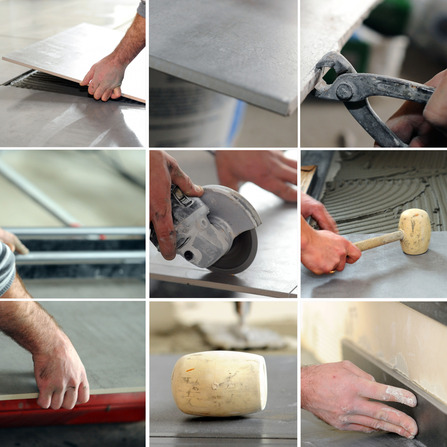 While tiles add a modern touch, it can be difficult to know which tiles to use inside and which ones to use outside of your home. If you choose the wrong tile, your floor could be vulnerable to corrosion and damage because of the conditions. Not everything can take the drastic temperature changes our Denver weather brings.
While tiles add a modern touch, it can be difficult to know which tiles to use inside and which ones to use outside of your home. If you choose the wrong tile, your floor could be vulnerable to corrosion and damage because of the conditions. Not everything can take the drastic temperature changes our Denver weather brings.
So what exactly are the differences between indoor and outdoor tiles? Here are a few key points about them:
- Though durable, indoor tiles are not made to handle things such as frost and direct sunlight. On the other hand, outdoor tiles have the ability to handle these conditions and more.
- Outdoor tiles should have a texture on their surface that assists them in resisting slips. Some special outdoor tiles have a surface that is a little gritty, and this provides excellent traction if the surface gets wet. Slip-resistant tiles will accumulate more dirt and will naturally require more regular maintenance.
- Since outdoor tiles must endure conditions such as weather and temperature, they need to able to withstand wear and tear, so they will look more rugged. They also have a tougher glaze than indoor tiles.
- Outdoor tiles must be frost-resistant and unglazed in order to withstand the repeated freeze/thaw cycles of winters without cracking.
The most common indoor tiles include porcelain, ceramic, marble, and slate. The most common outdoor tiles include ceramic, stone and mosaic. Porcelain tiles are made from a fine-powdered clay tablet that is pressed under enormous pressure and heat, even hotter than ceramic. Porcelain tiles are generally denser than ceramic tiles.

For all of your Denver Hardwood Flooring needs visit our site today.
 Not only will you have the satisfaction of knowing that you are lessening your footprint on the environment, you can also save a significant amount of money on energy costs over time. Here are some tips to help you go “green” with your floors and save money, too!
Not only will you have the satisfaction of knowing that you are lessening your footprint on the environment, you can also save a significant amount of money on energy costs over time. Here are some tips to help you go “green” with your floors and save money, too!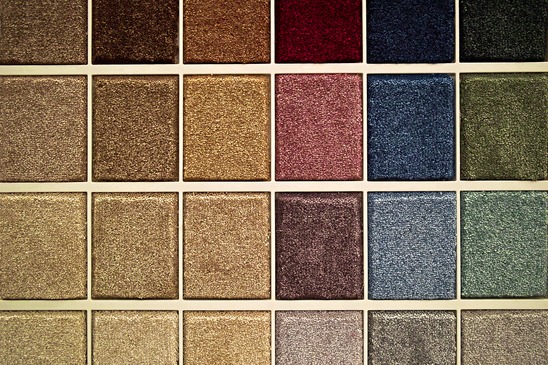 “But I won’t use bright blues or oranges in my carpets,” you might be thinking. And that’s true. But colors still affect the overall appearance and selection of carpeting. When you walk into a home with cool golds, shades of greens, silvers, mauves or grays, you’re likely to think the color choice is old and outdated.
“But I won’t use bright blues or oranges in my carpets,” you might be thinking. And that’s true. But colors still affect the overall appearance and selection of carpeting. When you walk into a home with cool golds, shades of greens, silvers, mauves or grays, you’re likely to think the color choice is old and outdated.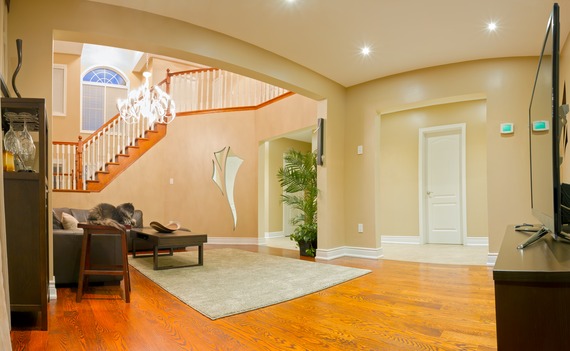 Hardwood floors require a certain level of maintenance, just like any other type of flooring, to ensure its longevity and everlasting beauty. Here are some tips to keep in mind to help you protect your hardwood flooring.
Hardwood floors require a certain level of maintenance, just like any other type of flooring, to ensure its longevity and everlasting beauty. Here are some tips to keep in mind to help you protect your hardwood flooring.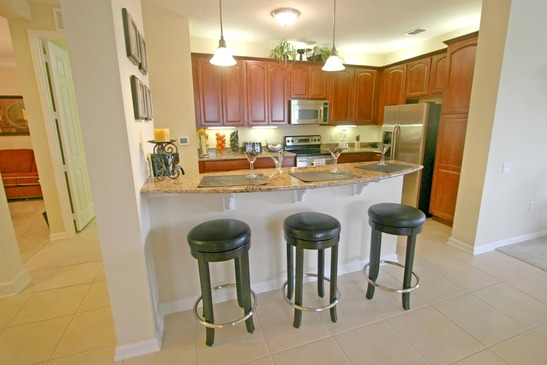 Modern tile designs have the capabilities to add lovely color, interesting patterns, and unique textures to the interior of your home. There are many types of and sizes of tile designs, and prices vary as well. To help you in your tile design selection, here are some interior design trends for using tile in 2014:
Modern tile designs have the capabilities to add lovely color, interesting patterns, and unique textures to the interior of your home. There are many types of and sizes of tile designs, and prices vary as well. To help you in your tile design selection, here are some interior design trends for using tile in 2014: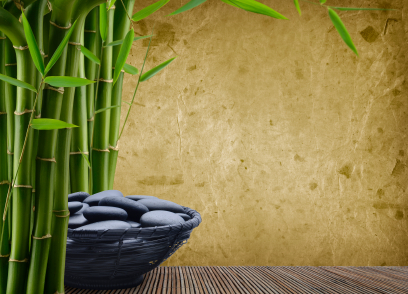 Here are some tips to help you select the best flooring to ensure the proper balance of energies in your home.
Here are some tips to help you select the best flooring to ensure the proper balance of energies in your home.
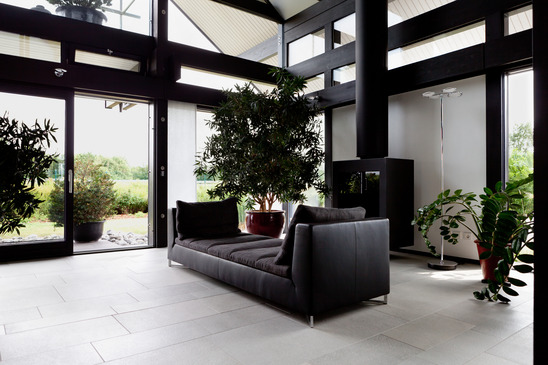
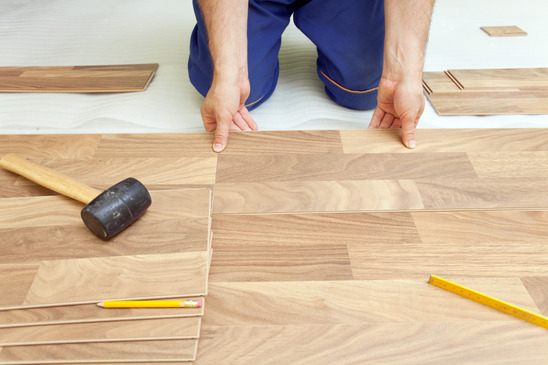 Pros of laminate flooring
Pros of laminate flooring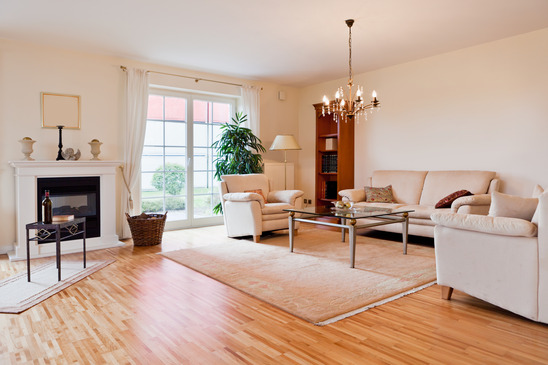 However, simply making this decision is not all that you have to do. Now that you know you want hardwood flooring in your home, you have to decide between glue-down floors or floating floors. Understanding the difference between both types of flooring will help you decide which one is right for you.
However, simply making this decision is not all that you have to do. Now that you know you want hardwood flooring in your home, you have to decide between glue-down floors or floating floors. Understanding the difference between both types of flooring will help you decide which one is right for you.